Electric (including hybrid) and hydrogen powered vehicles built or modified on or after 1 January 2019 must display labels on both the front and rear vehicle licence plates.
The introduction of labels aligns Western Australia (WA) with other Australian jurisdictions and the Australian Light Vehicle Standards Rules (ALVSR).
This initiative aims to assist emergency services in quickly identifying electric or hydrogen powered vehicles, enabling them to take appropriate precautions.
Frequently asked questions
Why is this changing?
Electric and hydrogen powered vehicles pose unique hazards to emergency services personnel in the event of an accident or fire. Displaying a label will help them to identify these vehicles quickly, so they can adapt their response accordingly to keep everyone safe.
It also aligns WA with other Australian jurisdictions that have already introduced this requirement.
Will this apply to all electric and hydrogen powered vehicles?
No, only those built (or modified) on or after 1 January 2019. However, owners of vehicles built (or modified) before 1 January 2019 are also strongly encouraged to display the labels because of the safety benefits they bring.
When is this commencing?
The requirements will commence on 1 January 2026. However, there will be a 12 month transitional period with enforcement from the WA Police Force and Authorised Inspection Stations for not displaying the labels not commencing until 1 January 2027.
What do the labels look like? What are the specifications?
For electric vehicles, the label is affixed to a 1 mm thick metal plate. The label and plate form an equilateral triangle with 30 mm long sides. The label is retroreflective blue with EV in white capital letters that are at least 8 mm high and have the orientation shown in the diagram below.
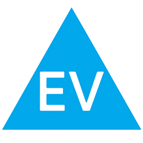
For hydrogen powered vehicles, the label is affixed to a 1 mm thick metal plate. The label and plate form a regular pentagon with 20 mm long sides. The label is retroreflective yellow with H in a black capital letter that is at least 10 mm high and has the orientation shown in the diagram below.

Why are the labels different shapes?
So that vehicles can still be identified by emergency services personnel as electric or hydrogen powered by the shape of the metal backing even if the label is no longer visible, for example in the event of a fire.
Where can I get the labels from?
Labels are widely available to order online.
Alternatively, you can enquire with your local automotive store. The cost of a set of two labels starts from around $10. Labels are not available from Driver and Vehicle Services centres, regional Department of Transport and Major Infrastructure offices or agents.
How can I attach the labels to my number plates?
The primary consideration is that the labels are attached securely enough so they don’t come off during normal use.
If you choose to pop rivet or screw labels onto the number plates and they are damaged as a result, you may void the plate warranty.
Will I need to attach the labels if I have custom plates?
Yes, the requirements apply to all relevant vehicles, regardless of the type of number plates it has.
How many labels will I need?
You will need one label for each number plate on your vehicle. This includes rear auxiliary plates if a bike rack or mobility device is attached to your vehicle. Labels are generally sold in a pack of two.
Where on the number plates should the labels be attached?
Labels must be attached so that:
- the letter(s) are in an upright position; and
- none of the characters on the number plate are wholly or partially covered. This includes the ‘WA’ or ‘Western Australia’ characters.
Following are examples of correct and incorrect placement.
Correct placement
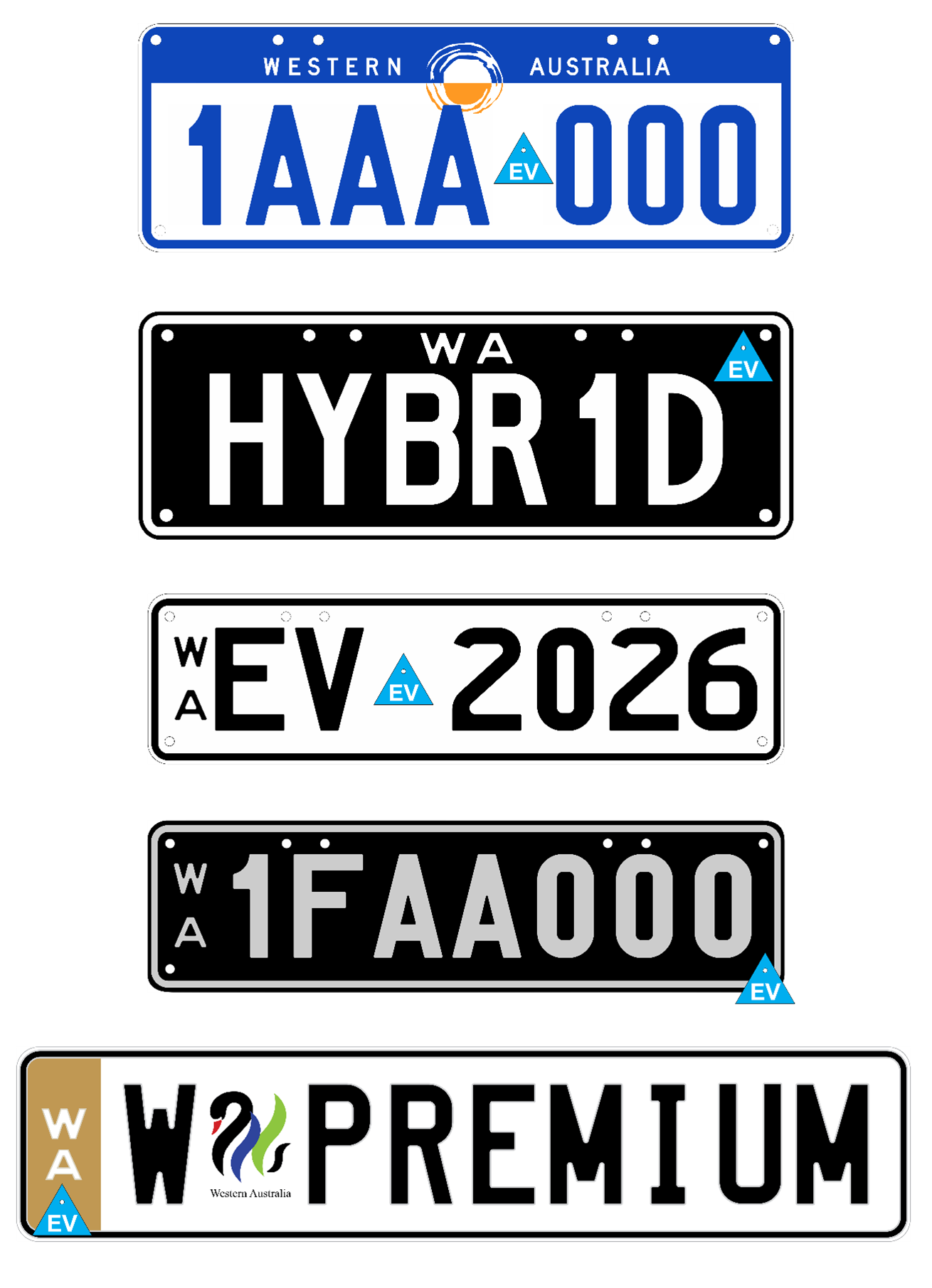
Incorrect placement
Label partially obscuring characters (including ‘WA’ and ‘Western Australia’).
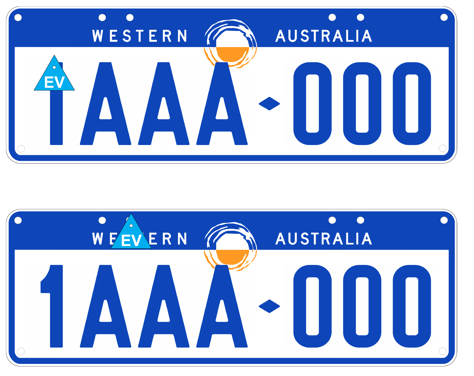
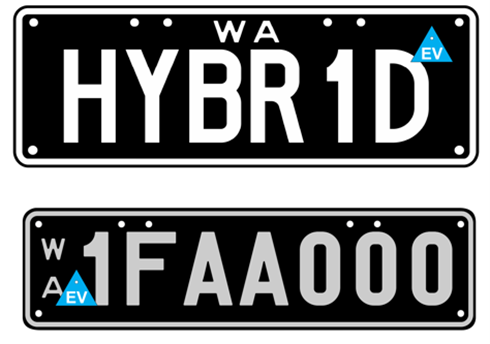
Label not in an upright position.
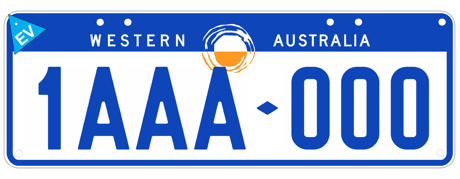
I am not 100% sure if my current vehicle, or a vehicle I am considering purchasing, is an electric or hydrogen powered vehicle? How can I check this?
While most owners will know if their vehicle is electric, if you are unsure, you can check with the vehicle manufacturer or talk to the dealer/person you are purchasing the vehicle from.
It is extremely unlikely that your vehicle is hydrogen powered as there are only a very small number of these vehicles licensed in WA. They are primarily used in fleet trials and are not yet widely available for general public purchase.
How can I check what year my vehicle was manufactured in?
You can find this information on your DoTDirect account or your vehicle licence renewal papers. You can also find it on your vehicle’s compliance plate.
Who is responsible for fitting the labels?
The vehicle owner.
What happens if I don’t display the labels?
As this is a safety initiative, you may be putting yourself and others at risk. Also, once enforcement begins on 1 January 2027, you may be liable for a penalty of up to $800.
If your vehicle has to be inspected at any point, it may not pass the inspection until a label is fitted.
What do I do if I’m buying a new or second-hand car that requires a label?
If you are buying a brand new or second-hand car from a dealership, discuss these requirements directly with them. They may wish to attach the labels for you. Similarly, if buying a second-hand car privately, discuss this requirement with the seller as part of the sale transaction.
Does the labelling requirement mean that electric or hydrogen powered vehicles are more unsafe?
No, it is simply that these vehicles require particular considerations by emergency services personnel in the event of an accident or fire.